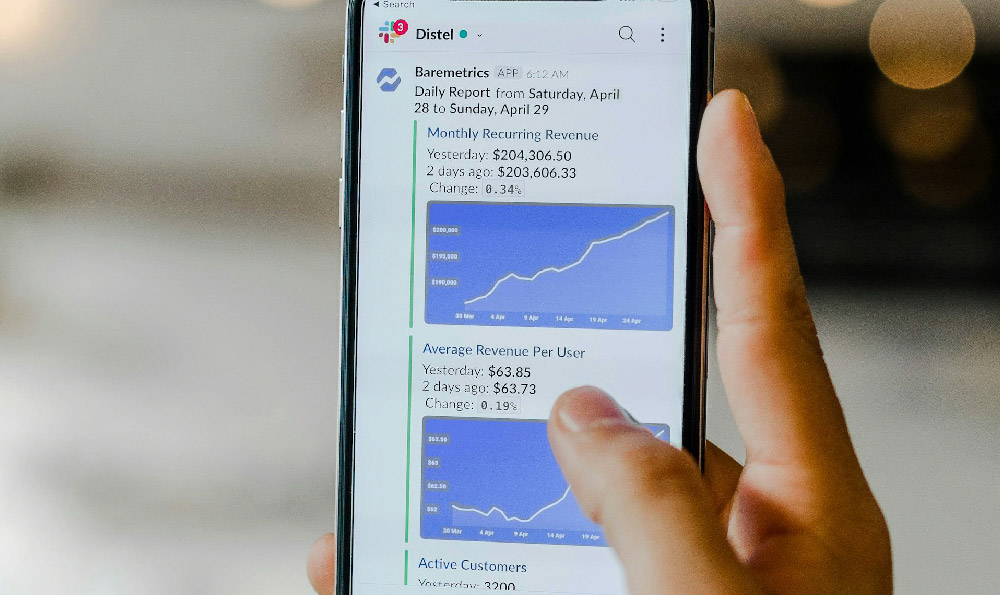Okay, I understand. Here's an article based on the prompt, aiming for depth, detail, and a natural flow, avoiding bullet points and numbered lists.
How much revenue can one realistically expect from a YouTube channel, and is dedicating the time and effort to content creation on the platform a sound investment of one's resources? This is a question pondered by aspiring creators worldwide, from hobbyists dreaming of financial independence to businesses seeking innovative marketing channels. The answer, as with most things in finance, is nuanced and depends heavily on a multitude of factors.
The core mechanism for earning revenue on YouTube is the YouTube Partner Program (YPP). To qualify for YPP, channels need to have at least 1,000 subscribers and 4,000 valid public watch hours in the past 12 months. Meeting these thresholds unlocks the ability to monetize videos with ads, primarily through Google AdSense. The revenue generated from these ads isn't a fixed sum; it's calculated based on the cost per mille (CPM) and the revenue per mille (RPM). CPM is the amount advertisers pay for one thousand ad impressions, while RPM represents the actual revenue a creator earns for every thousand views after YouTube takes its cut (typically 45% of ad revenue).

CPM and RPM are fluctuating metrics, influenced by a variety of elements. The geographic location of viewers plays a significant role. Viewers from countries with higher advertising rates, such as the United States, Canada, the United Kingdom, and Australia, tend to generate higher CPMs than viewers from countries with lower advertising rates. The content itself is another critical factor. Videos targeting demographics with high disposable income and appealing to advertisers, such as finance, technology, and luxury goods, generally attract higher CPMs. Conversely, content focused on gaming, children's entertainment, or general entertainment may have lower CPMs, although high viewership can still translate into substantial revenue.
Seasonality also impacts ad rates. CPMs tend to be higher during the fourth quarter (October-December) due to increased advertising spending during the holiday shopping season. Conversely, CPMs may dip in January and February as advertising budgets are readjusted. The overall health of the economy and the willingness of businesses to invest in advertising directly affect YouTube ad revenue. Economic downturns can lead to decreased advertising spending and, consequently, lower CPMs for creators.
Beyond AdSense revenue, YouTube offers several alternative monetization options. Channel Memberships allow viewers to support a channel directly through recurring monthly payments in exchange for exclusive perks, such as badges, emojis, and members-only content. Super Chat and Super Stickers enable viewers to purchase highlighted messages during live streams and Premieres, increasing their visibility and directly supporting the creator. Merchandise shelves allow creators to sell branded merchandise directly on their YouTube channel, integrating e-commerce into their content strategy. YouTube Premium revenue is another source, where creators earn a portion of subscription fees from YouTube Premium users who watch their videos.
Sponsored content and brand partnerships offer potentially lucrative opportunities for established channels. Businesses pay creators to feature their products or services in their videos, providing a direct and often substantial source of income. The rates for sponsored content vary widely based on the channel's reach, engagement, and niche. Nano-influencers (1,000-10,000 subscribers) might charge a few hundred dollars per sponsored video, while mega-influencers with millions of subscribers can command tens of thousands of dollars or even more. Affiliate marketing, where creators earn a commission on sales generated through unique referral links, is another common strategy.
So, is it worth it? The answer is complex and depends on an individual's goals, expectations, and willingness to invest time, effort, and potentially money into content creation. Building a successful YouTube channel requires more than just uploading videos. It demands a strategic approach that includes consistent content creation, audience engagement, video optimization for search (SEO), promotion across other social media platforms, and a deep understanding of YouTube analytics.
Many aspiring YouTubers underestimate the sheer amount of work involved. Video creation encompasses idea generation, scriptwriting, filming, editing, and post-production. Engaging with viewers, responding to comments, and building a community are essential for fostering loyalty and encouraging repeat viewership. Mastering YouTube SEO, including keyword research, title optimization, and thumbnail design, is crucial for maximizing organic reach.
Furthermore, the YouTube landscape is incredibly competitive. Millions of videos are uploaded every day, making it challenging to stand out from the crowd. Building a sustainable income stream on YouTube typically takes months, if not years, of consistent effort and dedication. Many creators experience periods of slow growth or even stagnation, requiring them to adapt their strategies and persevere through challenges.
For individuals passionate about creating content, sharing their expertise, and building a community, YouTube can be a rewarding experience, both personally and financially. However, it's crucial to approach YouTube with realistic expectations, a long-term perspective, and a willingness to learn and adapt. Treating it as a serious business venture, with a focus on quality content, audience engagement, and strategic promotion, is essential for maximizing the potential for success. Simply put, while the lure of YouTube riches is appealing, success requires dedication, strategy, and a realistic assessment of the competitive landscape. The "worth" is ultimately determined by how one values their time, effort, and the potential return on investment.












